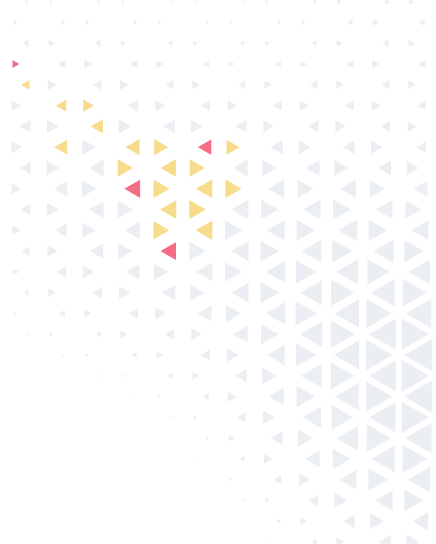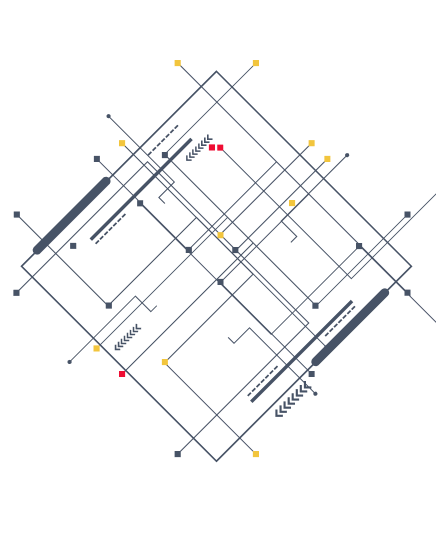Technology has revolutionized nearly every aspect of our lives, including how we navigate the complex and often emotionally charged process of divorce. Divorce software, designed for both individuals and legal professionals, offers a modern solution to simplify the divorce process. For individuals, divorce software might eliminate the need for attorneys altogether, while for lawyers divorce software automates a lot of the tasks and makes the job easier and less prone to human error.
This article explores the functionalities, benefits, and potential challenges of divorce software for both individuals and lawyers.
Divorce Software for Individuals
What are the functionalities of software for individuals?
Divorce software for individuals is designed to guide users through the entire divorce process, from the initial filing to the final settlement.
The main features include the automated creation of divorce forms and documents customized to the specific needs of the user’s location. Tools help evaluate and divide assets, calculate child support, and figure out spousal support. Other features assist in drafting parenting plans and visitation schedules, while step-by-step guidance helps users understand and complete each part of the divorce process. The software also provides access to legal information and resources to inform users about their rights and obligations.
What are some benefits of divorce software for individuals?
Divorce software can greatly reduce the costs of hiring an attorney, which makes the process more affordable for those with limited financial resources. Users can work on their divorce at their own pace, from the comfort of their own homes. The software empowers individuals by providing the tools and information they need to manage their own divorce and offers more privacy compared to dealing with multiple legal professionals.
What are some challenges of divorce software for individuals?
While divorce software works well for straightforward cases, it may not be suitable for more complicated divorces involving significant assets, custody disputes, or allegations of abuse. Users might not have the legal knowledge to fully understand the implications of certain decisions, which could lead to unfavorable outcomes. Additionally, automated systems may lack the personalized attention some cases require.
Divorce Software for Attorneys
What are the functionalities of divorce software for attorneys?
Divorce software for attorneys improves lawyers’ ability to manage cases. It includes comprehensive tools for tracking case progress, managing client information, and scheduling. Automated document creation and form filling streamline paperwork, while advanced tools help with asset valuation, property division, and support calculations. Features designed for communication and collaboration with clients and other legal professionals improve workflow. Access to databases and resources aids in legal research and case preparation.
What are the benefits of divorce software for lawyers?
Automating routine tasks allows lawyers and attorneys to focus on more complex aspects of cases, improving overall efficiency. Reducing manual data entry minimizes the risk of errors in documents and calculations. Enhanced tools for client communication can improve client satisfaction and case outcomes. This means that lawyers can handle a higher volume of cases with the same level of quality and attention.
What are some challenges of divorce software for attorneys?
Implementing new software requires time and effort to learn and integrate into existing workflows. High-quality legal software can be expensive, which can be a barrier for smaller practices. There is also an issue of over-reliance. Over-reliance on software could be problematic in the event of technical issues or outages. Divorce software for lawyers allows for automating the most mundane tasks.
There are some examples of divorce software:
For individuals:
Wevorce
Wevorce offers a guided process to help couples navigate the divorce process amicably. It provides step-by-step instructions, legal document preparation, and mediation services.
Features: Online mediation, document generation, financial and custody planning tools.
Benefits: Focuses on cooperative divorce, reducing conflict and cost.
Divorce.com
Divorce.com provides a comprehensive online solution for those looking to handle their divorce without the high costs of traditional legal services.
Features: Step-by-step guidance, automated document preparation, online support,
and access to legal information.
Benefits: User-friendly, cost-effective, and tailored to handle simple, uncontested divorces.
3StepDivorce
3StepDivorce is an online service designed to help individuals complete their divorce quickly and efficiently by providing all necessary forms and instructions.
Features: Automated document preparation, instant access to forms, online support.
Benefits: Fast processing, designed for straightforward, uncontested divorces.
For lawyers:
Clio
Clio is a widely used legal practice management software that offers tools for case management, document automation, and client collaboration.
Features: Time tracking, billing, document management, client portal.
Benefits: Increases productivity, integrates with various other legal tools, scalable for firms of all sizes.
DivorceHelp123
DivorceHelp123 specializes in providing software solutions for family law attorneys, focusing on child support, spousal support, and property division calculations.
Features: Financial analysis tools, automated document generation, case management.
Benefits: Accurate financial calculations, reduces time spent on paperwork, improves client outcomes.
FamilyLawSoftware
FamilyLawSoftware is designed specifically for family law practitioners, offering tools for financial planning, case management, and document preparation.
Features: Financial analysis, property division tools, support calculations, case management.
Benefits: Tailored to family law needs, helps in creating fair and accurate financial agreements, a user-friendly interface.
How popular is divorce software?
Digital divorce still isn’t mainstream, however, it’s been gaining traction due to its cost-effectiveness and convenience. For example, since the introduction of no-fault divorce in April 2022 in the UK, there have been over 89,123 applications submitted through a digital portal.
There has been also a noticeable increase in online searches for divorce software and related services, indicating rising interest and awareness. It’s also worth mentioning that the legal technology market is growing rapidly, and it includes divorce management software.
What is the future of divorce software?
To become more popular, divorce software still needs to evolve and cover several needs and challenges.
1. Improved user experience
Divorce software focuses on improving user experience and accessibility, and we hope to see divorce becoming a more pleasant and hassle-free process in the future in the future.
One trend to expect is applications: mobile-friendly versions of divorce software will allow users to manage their divorce on-the-go, providing greater flexibility and convenience. We might also see changes in layout and interfaces, and companies experimenting with how they can make the process less depressing with gamification.
2. Integration with other legal and financial services
Integration with other services will provide a more comprehensive solution for users. Multiple integrations could happen:
- Integration with financial software will help users understand the financial implications of their divorce and plan accordingly.
- Direct access to legal databases will enable users to conduct thorough research and stay informed about relevant laws and regulations.
- Integration with mediation services, counseling, and child custody evaluators will provide a holistic approach to managing the emotional and practical aspects of divorce.
3. Collaborative and remote capabilities
The shift towards remote work and virtual interactions might influence the development of software. In this case, integrated video conferencing tools will promote remote mediation and meetings with legal professionals. At the same time, tools that enable real-time collaboration between parties, lawyers, and mediators will streamline communication and document sharing. Online Dispute Resolution (ODR) systems will become more prevalent, offering an efficient and less adversarial means of resolving disputes.
4. Focus on emotional and psychological support
Recognizing the emotional toll of divorce, future software will incorporate features to support users’ mental well-being. Integration with counseling services and support groups can provide emotional support during the divorce process, while features like guided meditations, stress management tips, and mental health resources will help users cope with the emotional challenges of divorce.
Summing up
Divorce management software represents a significant advancement in the way both individuals and lawyers handle divorce. For individuals, it offers an accessible, cost-effective, and empowering option for managing their divorce. For lawyers, it provides tools to improve efficiency, accuracy, and client communication.
However, let’s not forget the complexity of the process, especially in certain cases. Existing software still has room for improvement, and sometimes, no tool will entirely replace the need for professional legal advice.
As technology continues to evolve, the role of divorce software in the legal landscape will likely expand and offer even more innovative solutions to the challenges of divorce.
If you’re looking to develop a customized divorce platform with all the features necessary to turn the product into a revolutionary solution, contact Elinext. Let’s discuss your project together.









